Planning a trip to Athens but unsure how to fit all the must-see sights into just three days? With so many historic landmarks, charming neighborhoods, and cultural hotspots, it’s easy to feel overwhelmed. You don’t want to miss any highlights, but time is tight. Don’t worry—this 3 days in Athens itinerary covers everything from the Acropolis to hidden gems, helping you make the most of your time in this ancient city without the stress.
Key Takeaways:
- Day 1: Visit the Acropolis, explore the Plaka neighborhood, and tour the Acropolis Museum for a deep dive into ancient Athens.
- Day 2: Discover the Ancient Agora, shop at Monastiraki Flea Market, and enjoy sunset views from Mount Lycabettus.
- Day 3: Explore Greek history at the National Archaeological Museum, then relax at the Athens Riviera or visit Cape Sounion.
- Dining Tips: Enjoy traditional Greek food in Plaka, upscale dining in Kolonaki, and seaside cafes along the Riviera.
- Maximize Your Time: Use skip-the-line tickets, especially for the Acropolis and major museums, to avoid long waits.
What is the perfect 3 days in Athens itinerary?
A perfect 3-day itinerary in Athens includes visiting the Acropolis and exploring the Plaka neighborhood on Day 1. On Day 2, explore the Ancient Agora, shop at Monastiraki Flea Market, and enjoy sunset views from Mount Lycabettus. On Day 3, delve into Greek history at the National Archaeological Museum, then relax by the sea at the Athens Riviera or visit the Temple of Poseidon at Cape Sounion.
Day 1: Ancient Athens & Cultural Highlights
Acropolis & Parthenon

Your Athens adventure must start at the Acropolis, the city’s most iconic landmark. Arrive early to beat the crowds and the midday heat. Marvel at the grandeur of the Parthenon, the Erechtheion, and the Temple of Athena Nike. Make sure to buy Acropolis skip-the-line ticket to avoid long queues. This UNESCO World Heritage site offers both a glimpse into ancient Greek civilization and stunning views over Athens.
Tip: Spend around two hours here, taking in the views and photographing this incredible historical site.
- Admission: €20 (Full), €10 (Reduced)
Plaka Neighborhood

After the Acropolis, take a short walk to Plaka, Athens’ oldest and most charming neighborhood. Known as the “Neighborhood of the Gods”, Plaka is full of narrow, winding streets lined with cafes, shops, and colorful neoclassical houses. Have lunch at a traditional Greek taverna—don’t miss classic dishes like moussaka and souvlaki.
Afternoon at the Acropolis Museum
Just a few minutes away from Plaka, the Acropolis Museum is a must-visit. Make sure to buy Acropolis Museum skip-the-line ticket. This modern museum houses many artifacts from the Acropolis, including statues and relics that once adorned the Parthenon. The top floor even offers stunning views of the Acropolis itself.
Night
After a day of exploring Athens’ historical treasures, cap off Day 1 with a relaxing evening. Head to one of the many rooftop bars around Syntagma Square or Monastiraki, where you can enjoy stunning views of the Acropolis illuminated at night. Popular spots include A for Athens and 360 Cocktail Bar, both offering great cocktails with panoramic city views.

For a more laid-back experience, take an evening stroll through the Plaka neighborhood. The narrow streets are beautifully lit, and many restaurants offer outdoor seating where you can enjoy traditional Greek dishes. If you’re up for some nightlife, head to Psiri, known for its lively bars, street art, and vibrant atmosphere.
Day 2: Heart of Athens – Markets, Hills, and History
Ancient Agora
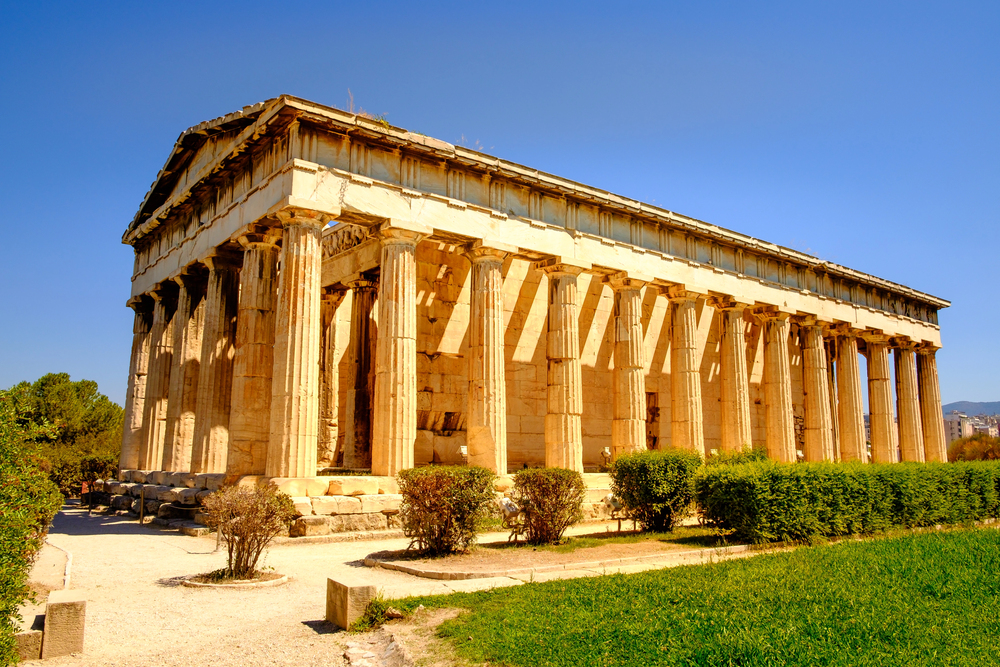
Start your second day at the Ancient Agora, once the heart of Athenian public life. Spend a few hours exploring the Temple of Hephaestus, the best-preserved temple in Greece, and the Stoa of Attalos, now a museum. The Agora offers a fascinating glimpse into daily life in ancient Greece. Make sure to buy Ancient Agora skip-the-line-ticket.
Monastiraki Flea Market

Next, head to the lively Monastiraki Flea Market. Browse through stalls selling everything from antiques and handicrafts to souvenirs and local street food. Take your time exploring the vibrant market, and don’t miss nearby landmarks like Hadrian’s Library and the Roman Agora.
Mount Lycabettus for Sunset
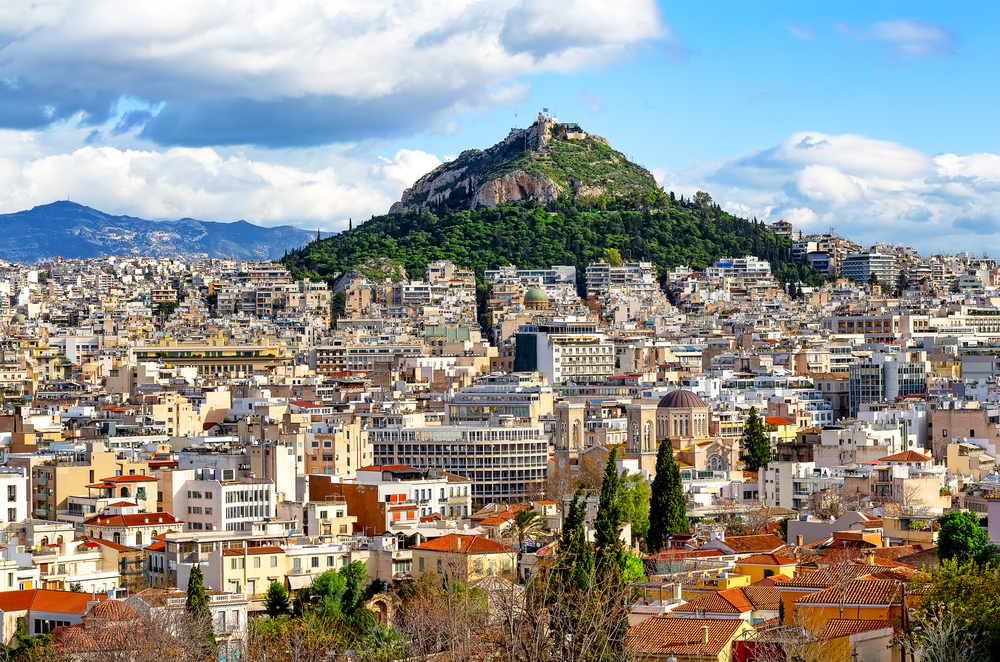
For the best sunset in Athens, make your way to Mount Lycabettus. You can either hike or take a funicular to the top for a panoramic view of Athens, the Acropolis, and even the sea. This is a perfect spot to relax and reflect on the city’s beauty as the sun sets.
Dinner in Kolonaki
After descending Mount Lycabettus, head to the upscale neighborhood of Kolonaki for dinner. Kolonaki offers a wide range of dining options, from high-end restaurants to cozy tavernas. Enjoy Greek cuisine in style while soaking up the area’s sophisticated atmosphere.
Day 3: Museums and Athens Riviera
National Archaeological Museum
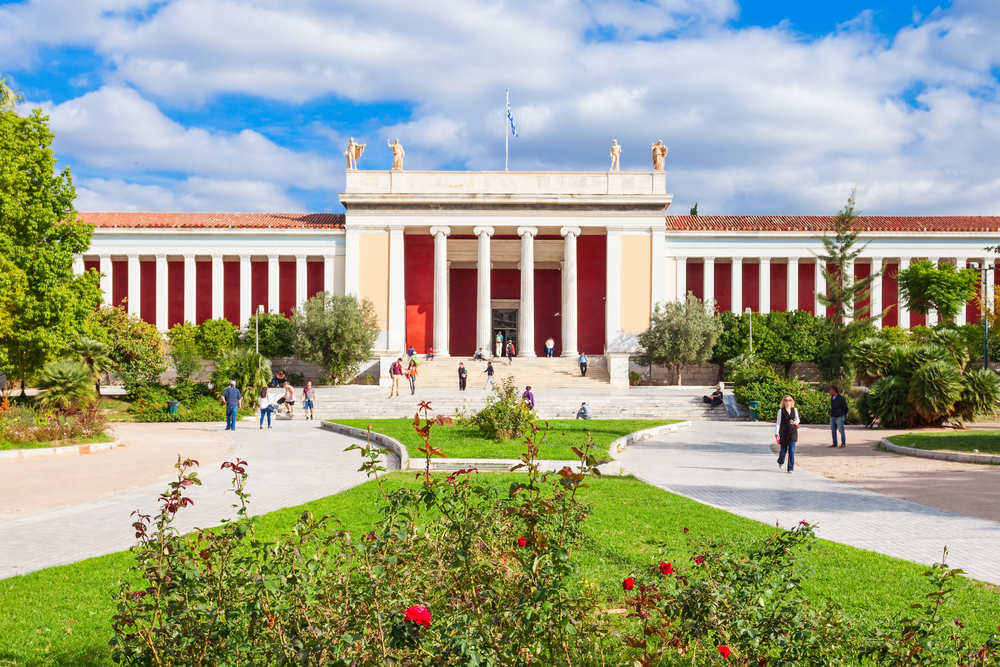
Your final day starts at the National Archaeological Museum, home to over 11,000 artifacts that span Greek history from prehistoric times to late antiquity. Must-sees include the Antikythera Mechanism and ancient Greek sculptures. If you’re a history enthusiast, this museum is a must on your Athens itinerary.
- Admission: €12 (Full), €6 (Reduced)
Syntagma Square & Changing of the Guards
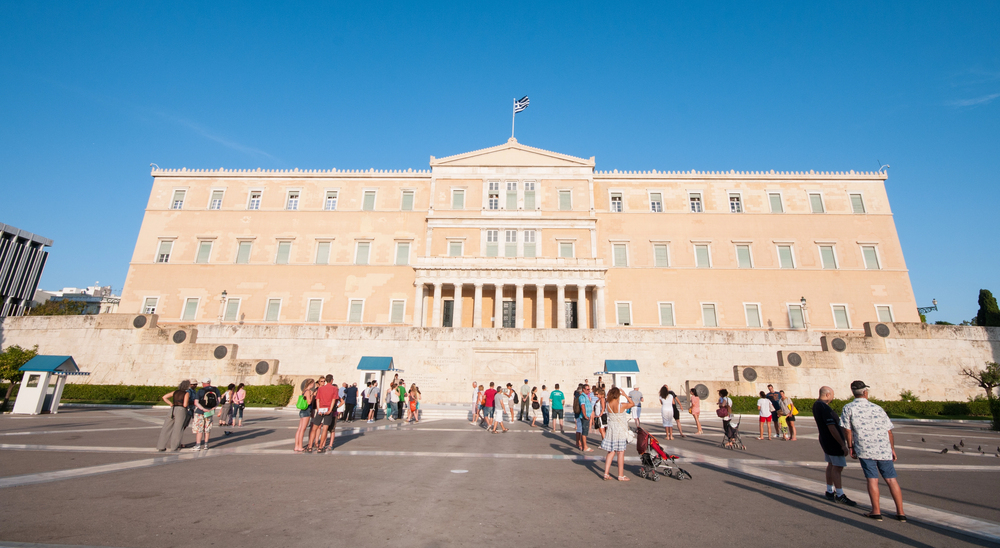
After your museum visit, head to Syntagma Square to watch the Changing of the Guards in front of the Hellenic Parliament. This ceremonial display happens every hour, but the full version with more guards takes place at 11 AM on Sundays.
Afternoon at Athens Riviera

After days of exploring, head to the Athens Riviera for a relaxing afternoon by the sea. Take the tram to Glyfada or Vouliagmeni, where you can enjoy pristine beaches, seaside cafes, and clear blue waters. For a memorable finale to your trip, consider a day trip to Cape Sounion to see the Temple of Poseidon and its stunning sunset views over the Aegean Sea. Make sure to participate Cape Sounion & Poseidon Temple Trip with Audio Guide.
Athens, Piraeus, and Coastline: Blue Hop-On Hop-Off Bus
This is a very good option to explore the top sights in Athens. The Blue Hop-On Hop-Off Bus offers a fantastic way to explore Athens, its coastline, and the bustling port of Piraeus. With four unique lines included in the combo ticket, this service caters to both short-term visitors and cruise passengers, ensuring you don’t miss out on any of the city’s highlights.
- Blue Line (Piraeus): Ideal for cruise passengers, this line starts at the Port of Piraeus and takes you to scenic spots like Pasalimani, Mikrolimano, and the Acropolis Museum, culminating in a visit to the Parthenon.
- Orange Line (Athens): Covering Athens’ historic center, this line stops at major attractions like the Acropolis, Plaka, Temple of Olympian Zeus, and Syntagma Square, giving you a well-rounded tour of the city’s ancient and modern wonders.
- Yellow Line (Glyfada): Journey down the Athenian Riviera, stopping at the Niarchos Foundation and Marina Flisvou for a blend of history, modern culture, and stunning coastal views.
- Green Line (Vouliagmeni): Head to the Vouliagmeni Lake and Kavouri Oceanis Beach, where you can experience thermal baths and natural beauty.
With buses running frequently, a multilingual audio guide, free Wi-Fi, and wheelchair access, this tour ensures a comfortable and flexible way to explore Athens at your own pace. Buy your Athens Hop-on Hop-off Bus tickets in advance!
Insider Tips on Using Athens Public Transport Efficiently
Athens has an efficient and affordable public transport system that includes buses, trolleys, trams, and the metro. To make the most of it, here are some insider tips:
- Get an ATH.ENA Card: This rechargeable card works for all forms of public transport, including the metro, buses, trams, and trolleys. You can purchase it at metro stations and kiosks.
- Use the Metro for Major Attractions: The Athens metro is fast, reliable, and connects you to key sights like the Acropolis (Line 2) and Syntagma Square (Line 3).
- Avoid Rush Hours: The busiest times are typically from 7-9 AM and 5-7 PM. If possible, plan your travel outside of these hours to avoid crowded trains.
- Trams for Coastal Areas: If you’re heading to the Athenian Riviera or the coastline, the tram is a scenic and comfortable way to travel, with connections from Syntagma.
- Apps to Navigate: Use apps like Google Maps or Moovit for real-time schedules and directions, helping you plan your route more efficiently.
Seasonal Recommendations: Best Time to Visit Athens
The best time to visit Athens depends on your preferences for weather, crowd sizes, and activities:
- Spring (April to June): Ideal for sightseeing, with mild temperatures (15-25°C) and blooming flowers. It’s a great time to explore ancient landmarks without the summer heat.
- Summer (July to August): Hot and busy, with temperatures reaching 40°C. While summer is high season for tourists, it’s also when the city’s cultural festivals, like the Athens Epidaurus Festival, are in full swing.
- Fall (September to November): Similar to spring, fall offers pleasant weather, fewer tourists, and better deals on accommodations. It’s perfect for walking tours and visiting outdoor sites.
- Winter (December to February): Winters are mild but can be rainy. However, this is the least crowded time, so you’ll have attractions like the Acropolis almost to yourself.
Explore Athens with MegaPass
Make your trip to Athens stress-free with the MegaPass, a popular tourist pass, offering three unique options to suit every traveler’s needs. Whether you’re a history buff or a casual visitor, the MegaPass allows you to explore the city at your own pace while visiting iconic landmarks.
- Classic MegaPass: Acropolis & Slopes, 2-day Hop-On Hop-Off Bus, audio guide, and 15% off attractions.
- Premium MegaPass: Includes 6 archaeological sites, 2-day bus, and discounts.
- Deluxe MegaPass: Adds Acropolis Museum for the ultimate experience.
Choose your pass, receive tickets, and start exploring!
FAQs
Where should I stay in Athens for easy access to attractions?
The best areas to stay for easy access to Athens’ top attractions are Plaka, Monastiraki, and Syntagma Square. These neighborhoods are within walking distance of key sites like the Acropolis, Ancient Agora, and Syntagma Square. They also offer a wide range of accommodations, from boutique hotels to budget options.
What is the best time of year to visit Athens?
The best time to visit Athens is during the spring (April to June) and fall (September to November) when the weather is mild, and the crowds are smaller. Summer can be very hot, with temperatures often reaching 40°C (104°F), while winter, though cooler, is still a good time for sightseeing with fewer tourists.
How can I visit the Temple of Poseidon at Cape Sounion from Athens?
You can visit the Temple of Poseidon at Cape Sounion by taking a day tour, driving, or using public transportation. Buses run from Athens’ KTEL bus station directly to Sounion. It’s about an hour’s drive along the scenic Athens Riviera. Sunset is a popular time to visit for the stunning views over the Aegean Sea.
Why should I visit the National Archaeological Museum?
The National Archaeological Museum is a must-visit because it houses the largest collection of Greek antiquities in the world. From the Antikythera Mechanism, the first known analog computer, to famous sculptures and artifacts from ancient Greek history, the museum offers a comprehensive look into Greece’s rich past.
What can I do at the Athens Riviera?
At the Athens Riviera, you can relax on the beaches, take a dip in the crystal-clear waters, or enjoy a meal at a seaside restaurant. Popular beaches include Glyfada and Vouliagmeni. You can also visit the Vouliagmeni Lake, a natural hot spring with therapeutic waters, perfect for a refreshing swim.
How do I reach Mount Lycabettus, and what can I do there?
You can reach Mount Lycabettus by hiking up the trail or taking the funicular from Kolonaki. Once at the top, enjoy panoramic views of Athens, including the Acropolis and the sea. The hill is a popular spot for sunsets, and there’s a café and restaurant for dining with a view.
What are the best day trips from Athens?
Popular day trips from Athens include visiting Delphi, the site of the ancient Oracle, or Cape Sounion to see the Temple of Poseidon. Another great option is a trip to the Saronic Islands, such as Hydra or Aegina, where you can enjoy beaches, local culture, and Greek island life.
Will 3 days in Athens be enough to see the major attractions?
Yes, 3 days in Athens is enough to cover major attractions like the Acropolis, Ancient Agora, Acropolis Museum, and Temple of Olympian Zeus. You’ll also have time to explore neighborhoods like Plaka and Monastiraki, and even take a half-day trip to Cape Sounion or enjoy the Athens Riviera.


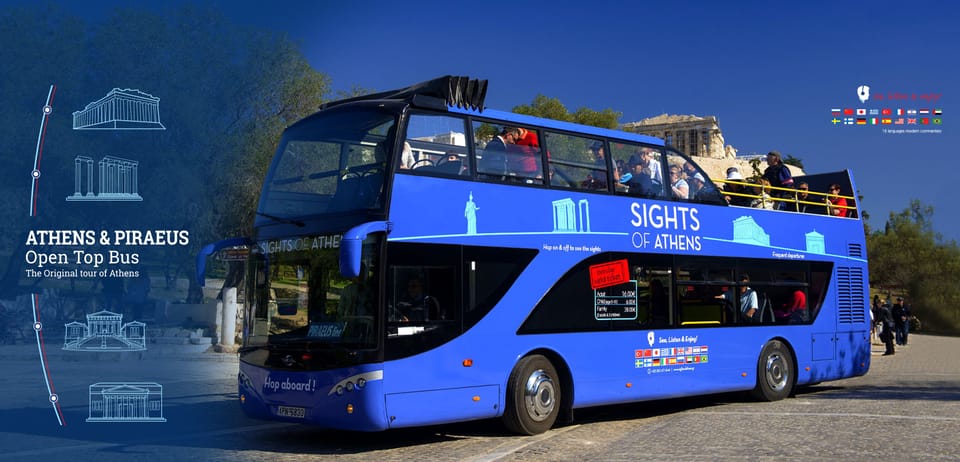
Leave a Reply